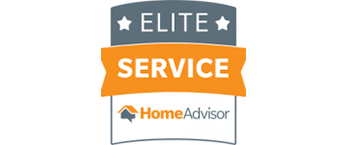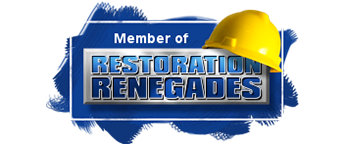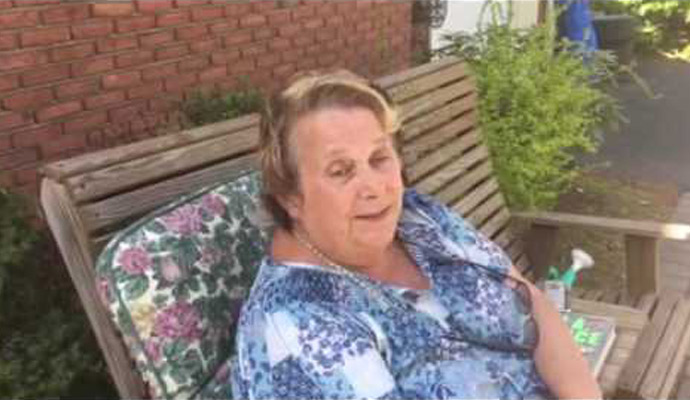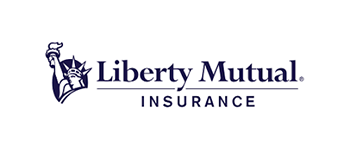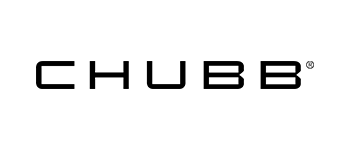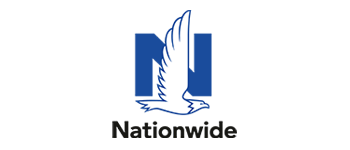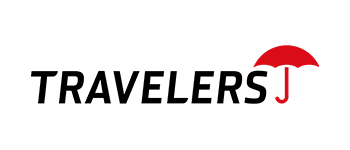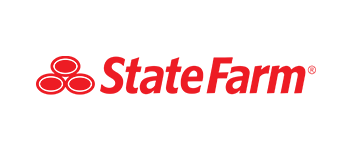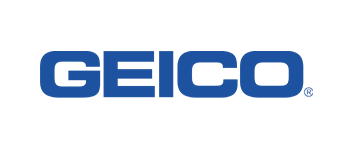Water Damage Demystified: 3 Categories and Dry Out Solutions
Water damage can transform your home into a wet and damp environment, posing significant risks to your property and health. Whether it's a leaking toilet, a burst pipe under the sink, or a severe flood, understanding the three categories of damage in water damage restoration is essential for effective dry outs and ensuring a clean, sanitized living space. Here’s a breakdown of these categories and how dry out strategies vary accordingly.
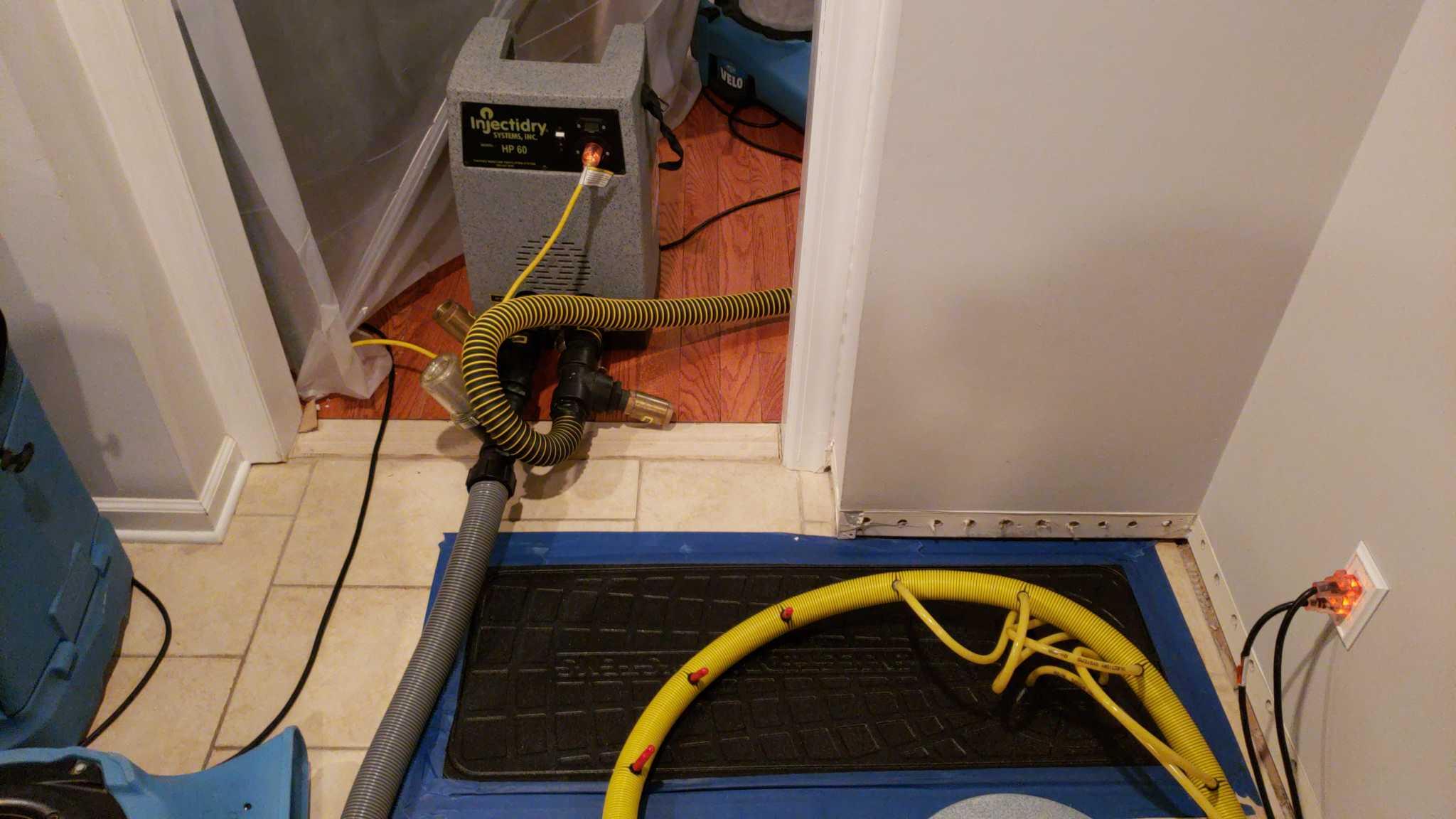
1. Category 1: Clean Water Damage
Category 1 water damage involves clean, uncontaminated water from sources such as broken supply lines, leaking toilets, or overflowing sinks. Although initially less hazardous, this type of water can quickly become problematic if not addressed promptly.
Dry Out Strategies:
- Immediate Extraction: Quickly remove wet materials using pumps and wet vacuums to prevent water from spreading to other areas.
- Ventilation: Open windows and use fans to increase airflow and reduce humidity levels, aiding in the drying process.
- Dehumidifiers: Deploy dehumidifiers to control moisture and maintain optimal humidity levels below 60%.
- Sanitization: Clean and sanitize all affected areas, particularly around toilets and sinks, to prevent mold growth and maintain a healthy environment.
2. Category 2: Gray Water Damage
Gray water contains some level of contamination and pollutants, making it more hazardous than clean water. Common sources include washing machine overflows, dishwasher leaks, and water from toilets without sewage.
Dry Out Strategies:
- Enhanced Extraction: Use more powerful extraction equipment to remove water from damp areas and prevent it from seeping into walls and floors.
- Dehumidification and Air Movers: Increase the use of dehumidifiers and air movers to expedite drying and reduce moisture levels.
- Mold Prevention: Focus on preventing mold growth by ensuring all damp areas are thoroughly dried and sanitized, especially in bathrooms and near sinks.
- Protective Gear: Wear appropriate protective gear during cleanup to avoid exposure to contaminants, ensuring a clean and sanitized restoration process.
3. Category 3: Black Water Damage
Category 3 water damage involves highly contaminated water from sources like sewage backups, floodwaters, and water from rivers or streams. This category poses significant health risks and requires immediate and comprehensive restoration efforts.
Dry Out Strategies:
- Professional Intervention: Engage professional water damage restoration services immediately to handle the hazardous nature of black water.
- Thorough Extraction and Drying: Use industrial-grade extraction and drying equipment to remove all water and reduce moisture and humidity levels to safe standards.
- Complete Sanitization: Sanitize all affected areas thoroughly, especially around toilets and sinks, to eliminate harmful bacteria and contaminants.
- Structural Repairs: Repair or replace any structural elements that have been compromised by the wet and damp conditions, ensuring the home is clean and safe.
Conclusion
Understanding the three categories of water damage is crucial for effective restoration and ensuring your home remains clean and sanitized. From clean water to highly contaminated black water, each category requires tailored dry out strategies to address moisture, humidity, and contamination levels appropriately. Prompt and appropriate action not only mitigates damage but also safeguards your health and the integrity of your home. Whether dealing with a wet bathroom, a leaking sink, or a severe flood, following the right dry out plan based on the category of damage ensures a swift and thorough recovery.
For professional assistance with water damage restoration, including comprehensive fire damage assessment and emergency restoration services, trust the experts at PDQ Fire & Water Damage to help you restore your home effectively and maintain a clean, sanitized environment.





